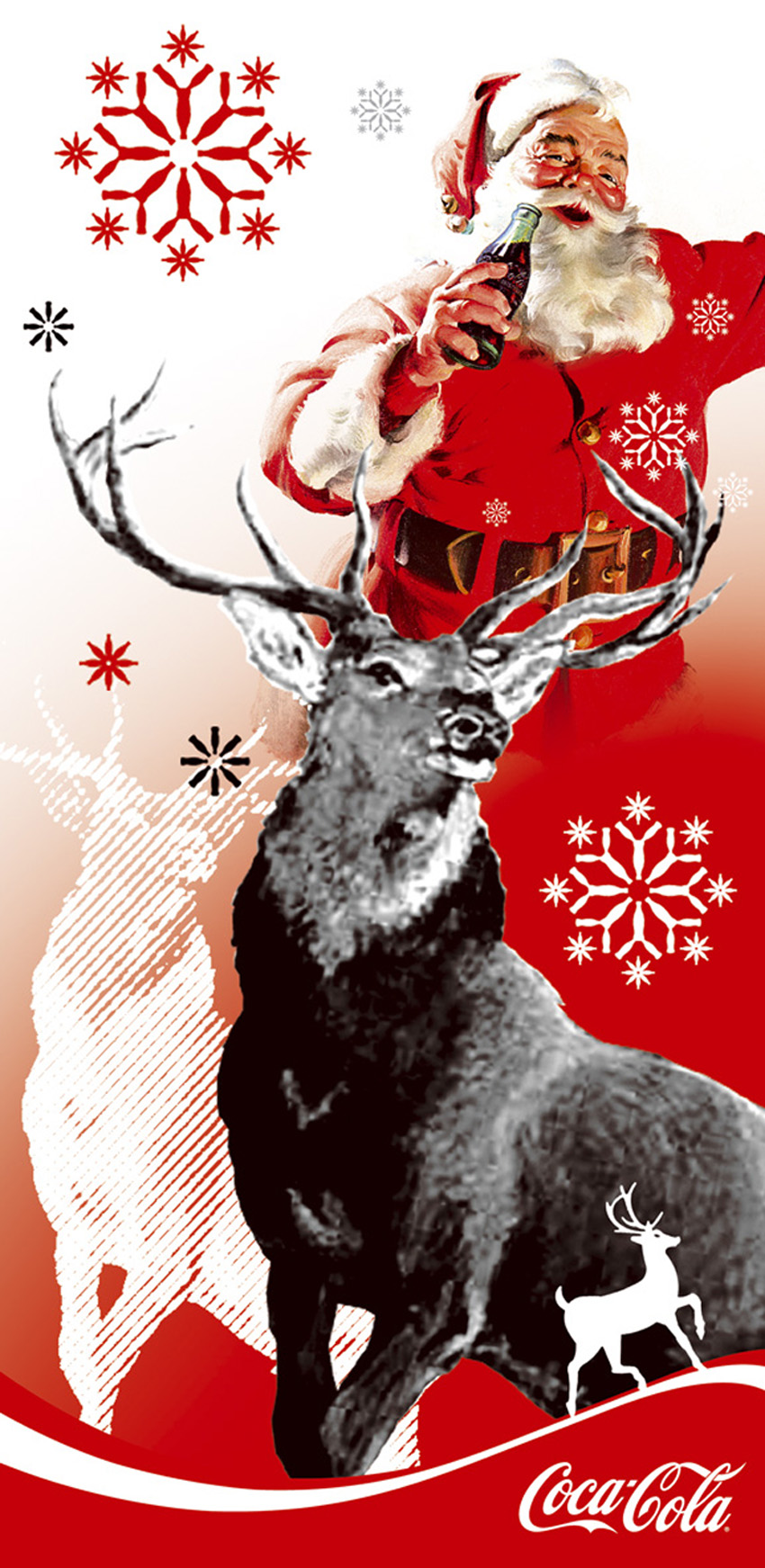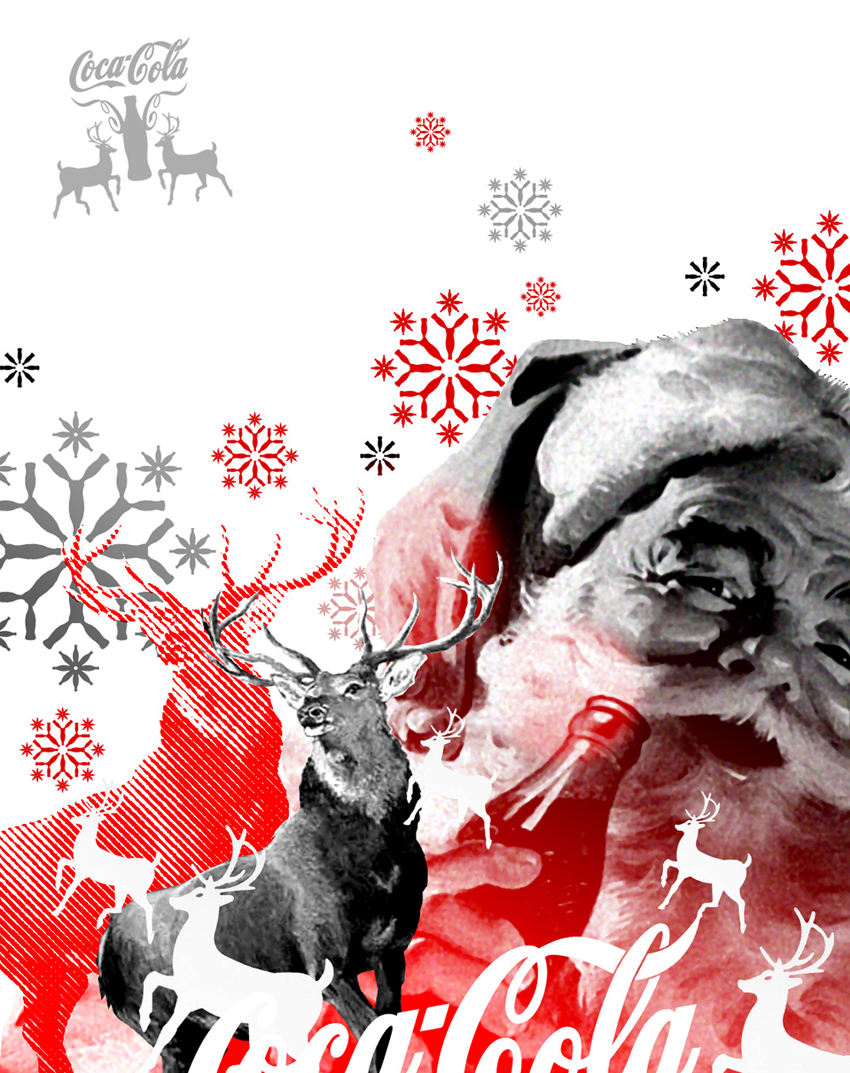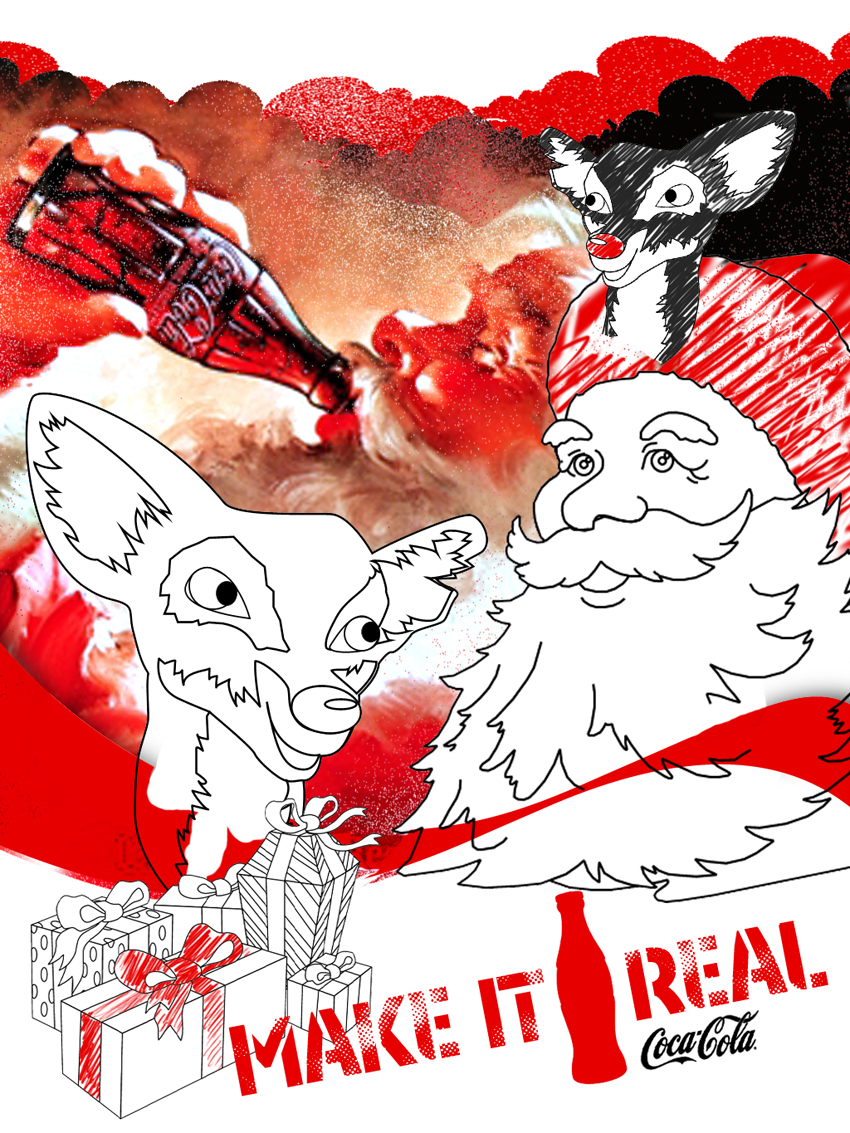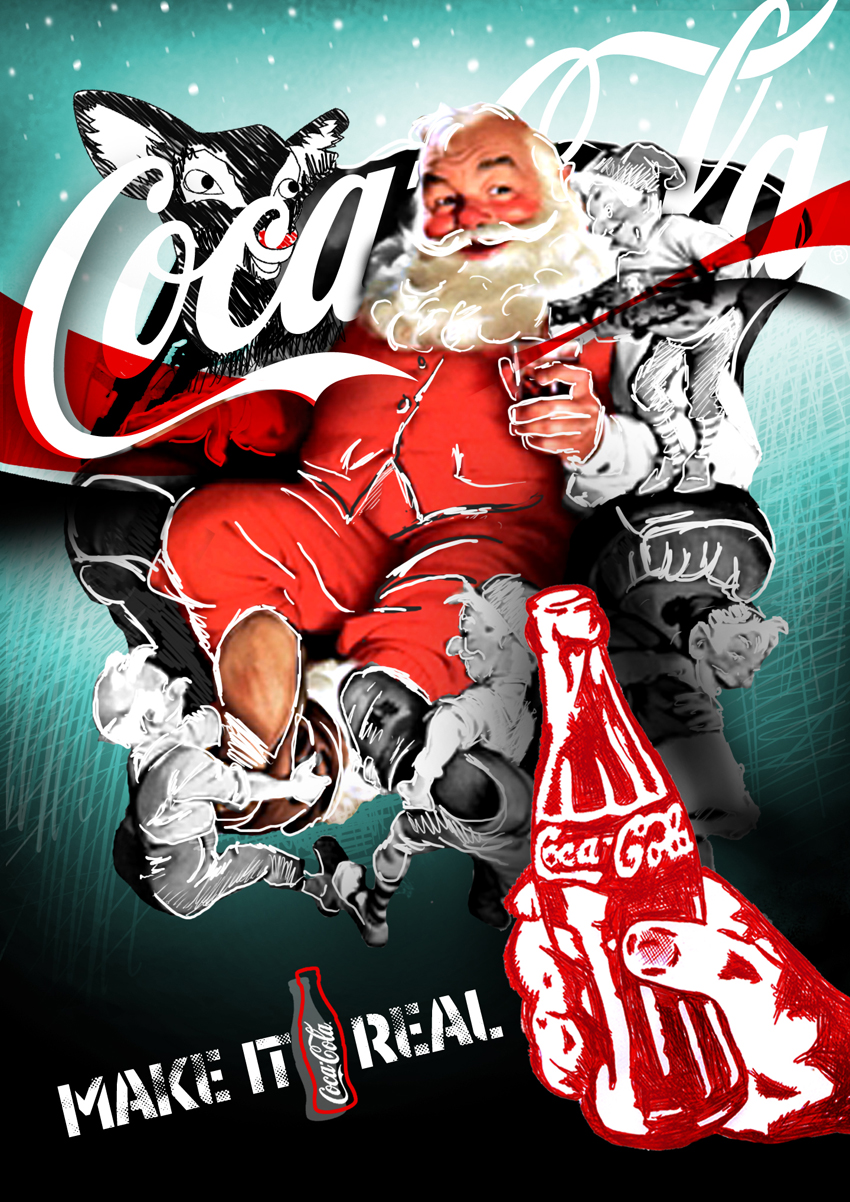Santa Claus is without a doubt the most recognizable figure associated with Christmas. Santa stands for goodness, kindness and a generous, giving spirit. Today, Santa is an essential part of Christmas celebration, but the modern role and image of Santa Claus saw the light in early America of the 19th century. Dutch, British and American influences came together to give us the Santa Claus that we all know today: the jolly old man with his red & white costume, distributing gifts with his team of elves and reindeers.
The name Santa Claus was Anglicized from “Sinterklaas,” the Dutch word for Saint Nicholas, famous gift-giver and protector of children. It is believed the legend of Santa was brought to the New World by Christopher Columbus, who, upon arriving in Haiti, named a port after the patron saint. In 1621, when the Dutch landed on the New York island of Manhattan, they erected a statue of Saint Nicholas as a tribute to him for their successful journey.
In 1809, Washington Irving (a member of the NYC Historical Society which promoted St. Nicholas as its patron saint), created a tale of a chubby, pipe-smoking Saint Nicholas who rode a magic horse through the air visiting all houses in New York. The elfish figure was small enough to slide down chimneys with gifts for the good children and switches for the bad ones.
The works of writer Clement Clark Moore and the cartoons of Thomas Nast had also a big influence on the present form of Santa. The stories of St. Nicholas, Santa Clause and Kriss Kringle mingled to the new character of Santa Claus, the sum total of several stories, customs and beliefs.
Around the world, most people know Santa Claus and have local-language names for Santa – even if they come from countries where Christmas is not celebrated. Santa or similar gift givers go by these translations in the following countries: “Le Père Noël” (France and Québec), “Weihnachtsmann” or “Nikolaus” (Germany), Papá Noel” (Spain and Mexico), “Joulupukki” (Finland), “Julenissen” (Norway), “Juletomten” (Sweden), “Babadimri” (Albania), “Gaghant Baba” (Armenia), “” (Denmark), “Babbo Natale” (Italy), “Papai Noel” (Brazil), “Санта-Клаус” (Russia), “Ježíšek” (Czech Republic), “Święty Mikołaj” (Poland), “Pai Natal” (Portugal), “Moş Crăciun” (Romania), “Daidí na Nollag” (Ireland and Scottish Highlands), “Dyado Koleda” (Bulgaria), “Noel Baba” (Turkey), “Deda Mraz” (Serbia and Bosnia & Herzegovina). But our favorite is without a doubt the Afghanese name for Santa: “Baba Chaghaloo”. And the Chinese name also sounds very cool: Sheng Dan Lauw Yeh Yeh (phonetics of 圣诞老爷, which means “Christmas Old Man”).
In England Father Christmas is a stern version of Santa Claus who brings gifts on Christmas Eve. In France “Pere Noel” brings gifts to children on Christmas Eve. Children leave their shoes by the fireplace. In Germany families go to church on Christmas Eve. While they are at church the “Christkind” or Christ Child brings presents to their homes. In Switzerland the “Christkindl” or Christ Child brings the gifts. In some towns, Christkindl is an angel who comes down from heaven to give gifts.
The Dutch “Sinterklaas” arrives by boat from Spain. Children leave their shoe on the eve of 6th December filled with hay and carrots for the donkey which carries St. Nicholas’ pack of toys. Children get toys and candy. In Sweden, a gnome called “Juletomten” brings gifts in a sleigh driven by goats.
In Spanish-speaking countries such as Spain, Mexico, South America, children wait until January 6th for their presents. The Three Kings or Wise Men bring the gifts. Children put shoes by the front door to get their gifts. There is usually a big procession through the streets with floats for each of the Wise men. In Italy “La Befana” is a good witch who dresses all in black. Children leave their shoes by the fireplace on the eve of January 6th. Befana comes down the chimney on her broomstick to leave gifts. In Australia, Santa rides waterskis, has a white beard and red bathing suit and sometimes even has “bikini helpers”.
When the name Santa Claus is mentioned anywhere in America today, the image that invariably comes to mind is the one created by Haddon Sundblom for the Coca-Cola Company. From 1931 to 1964, Sundblom painted new Santa illustrations to use in the Coca-Cola Christmas advertising. Today, Coca-Cola continues to use Sundblom’s Santa Claus artworks. Many of his Santa paintings have toured museums and art institutes around the world. The smiling figure still appears regularly on posters and in magazines, newspapers, calendars, Christmas tree ornaments, serving trays and glassware.
Coca-Cola Christmas artworks by RockAndRoll Agency. Art Direction: Wouter De Coster. Brand Team Coca-Cola: Guy Rombouts & Bram Clincke. All Rights Reserved © The Coca-Cola Company.






















